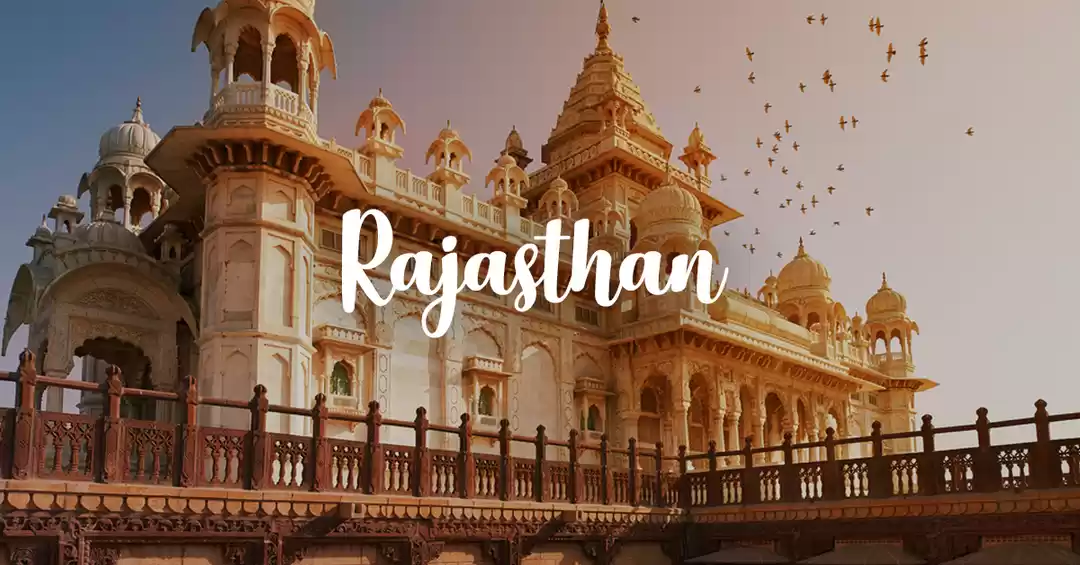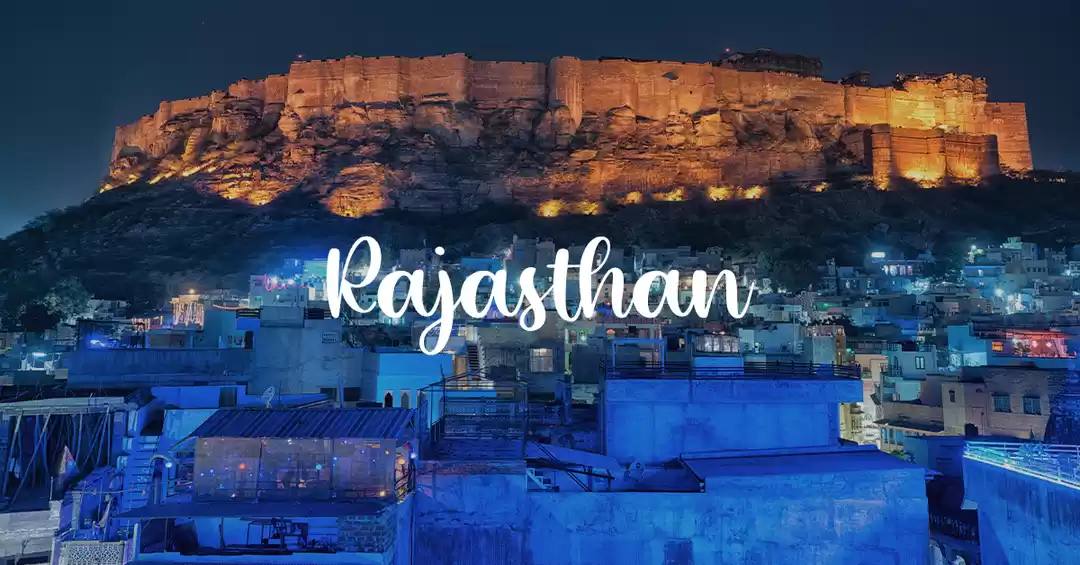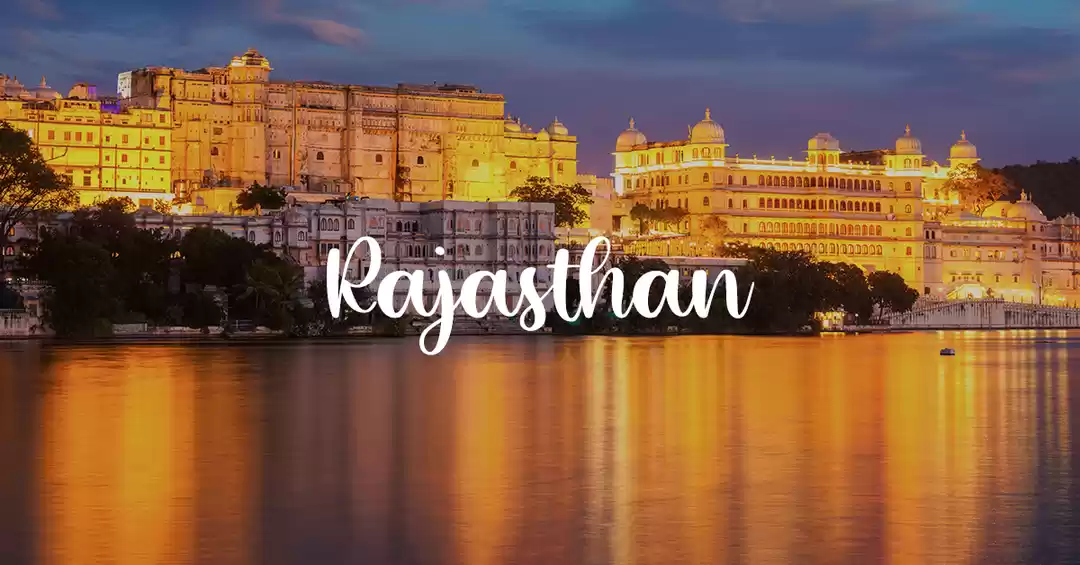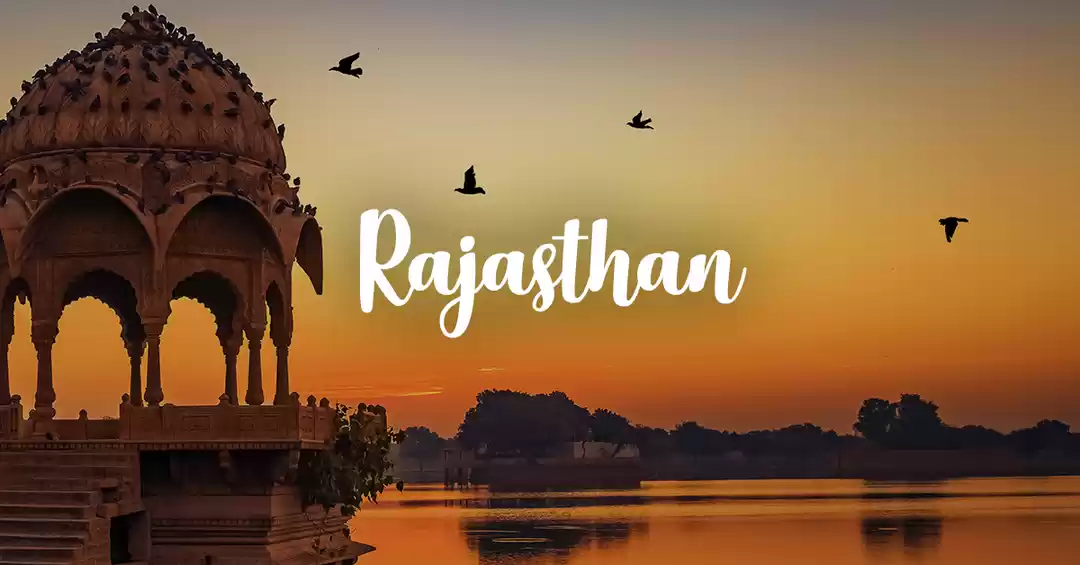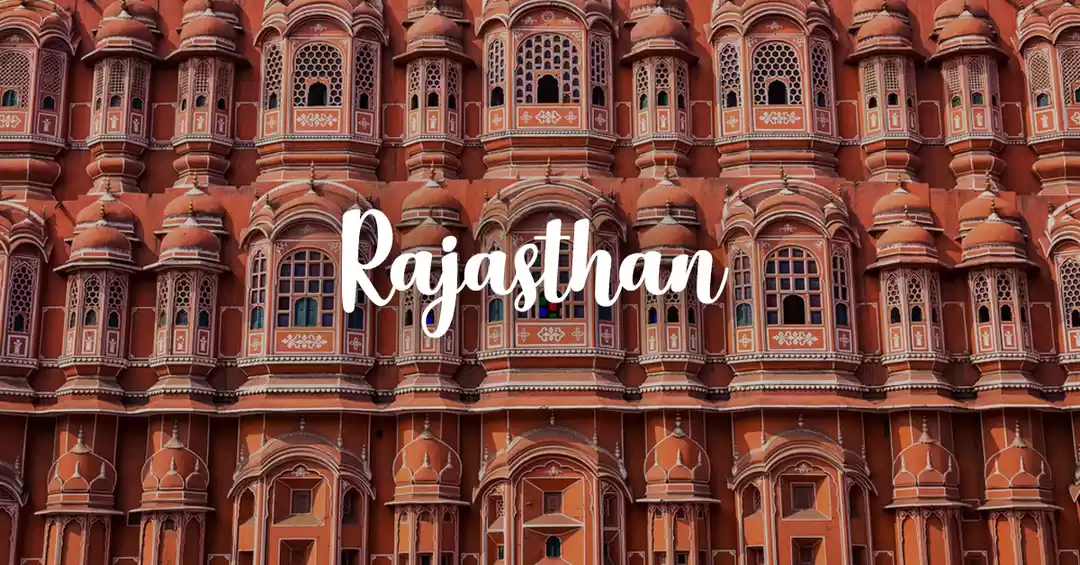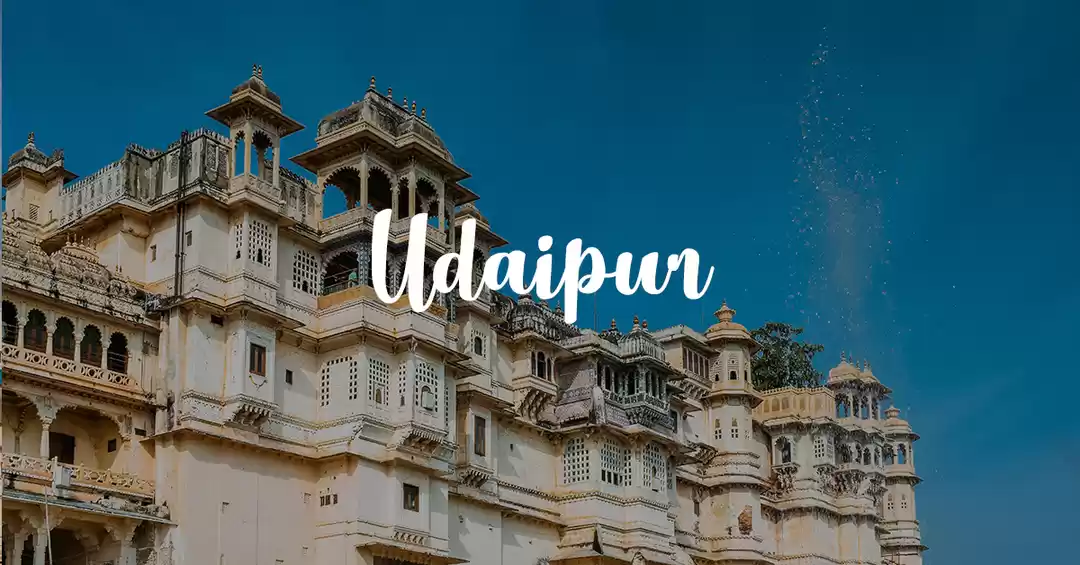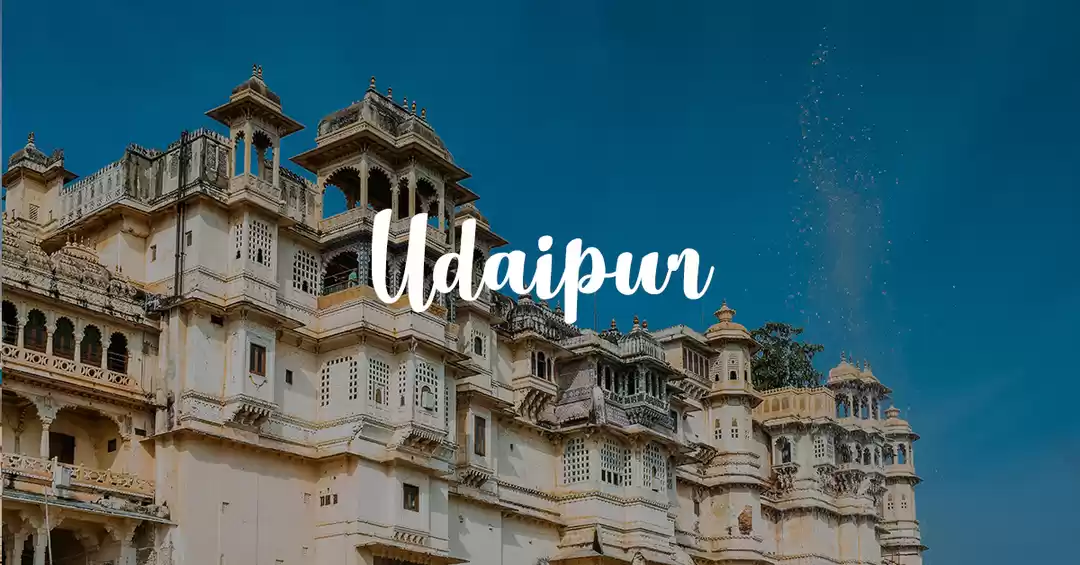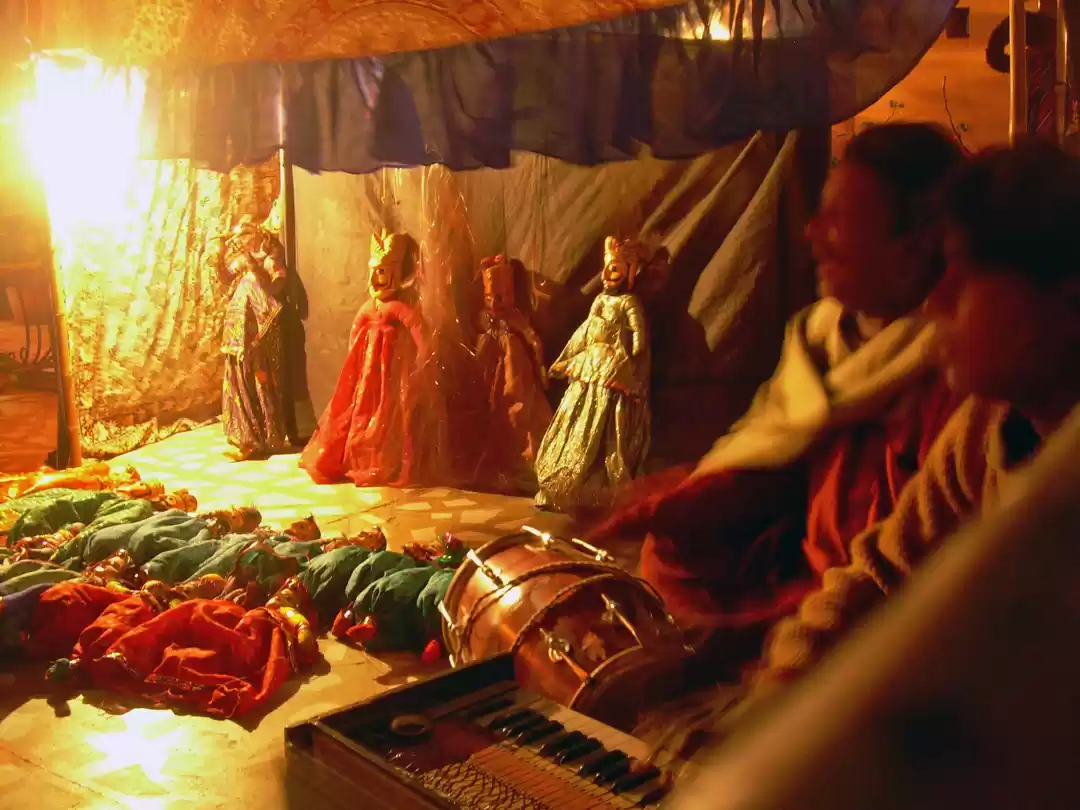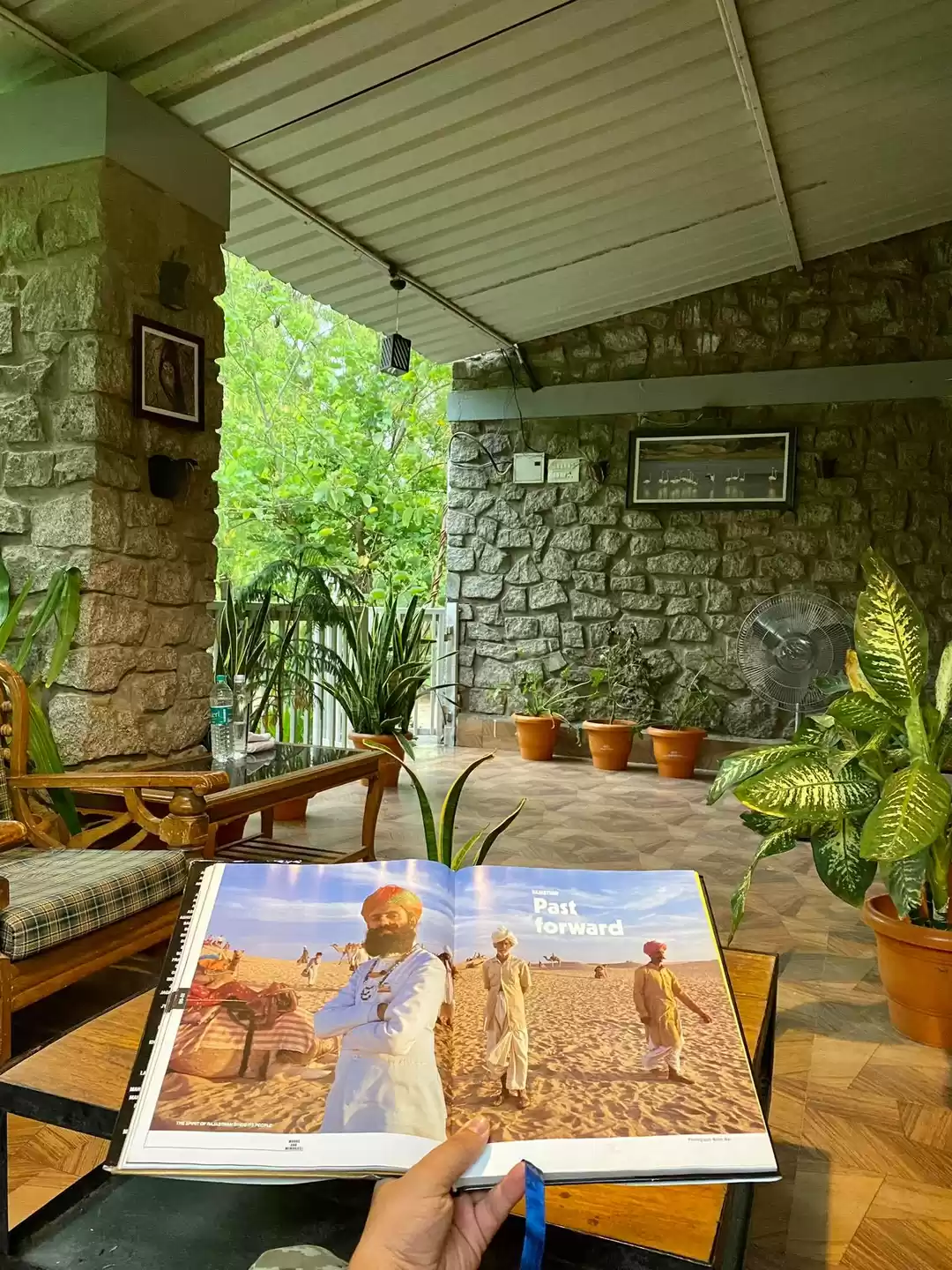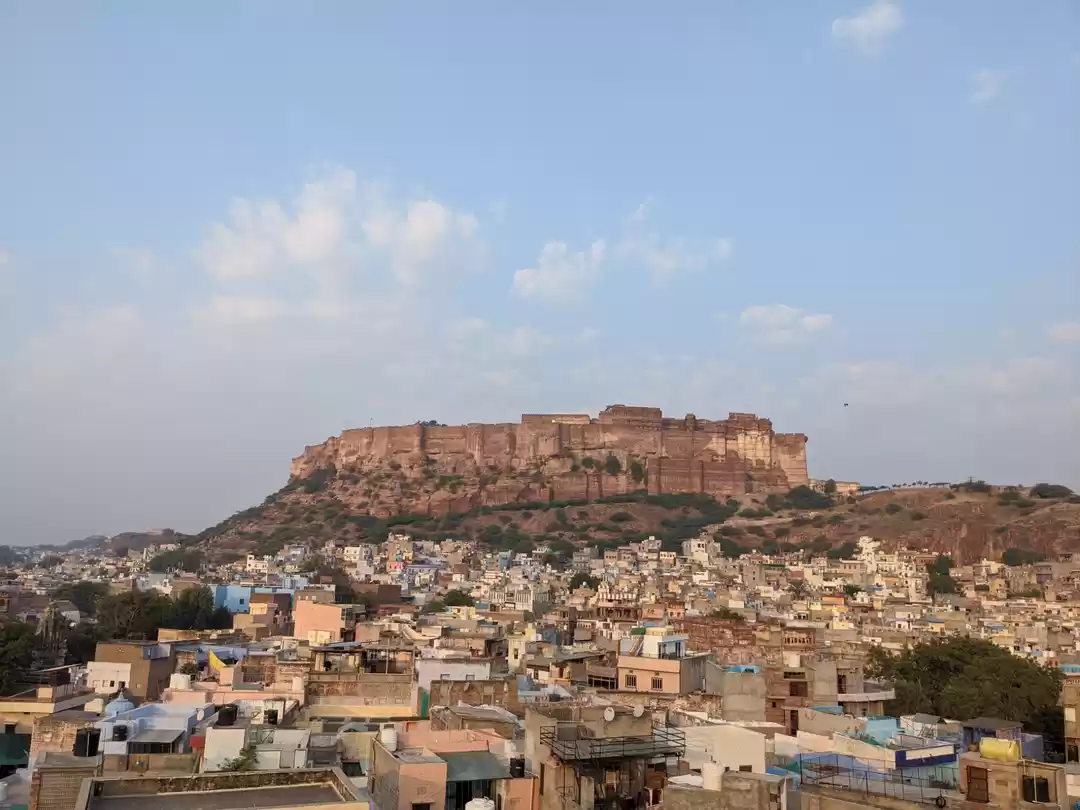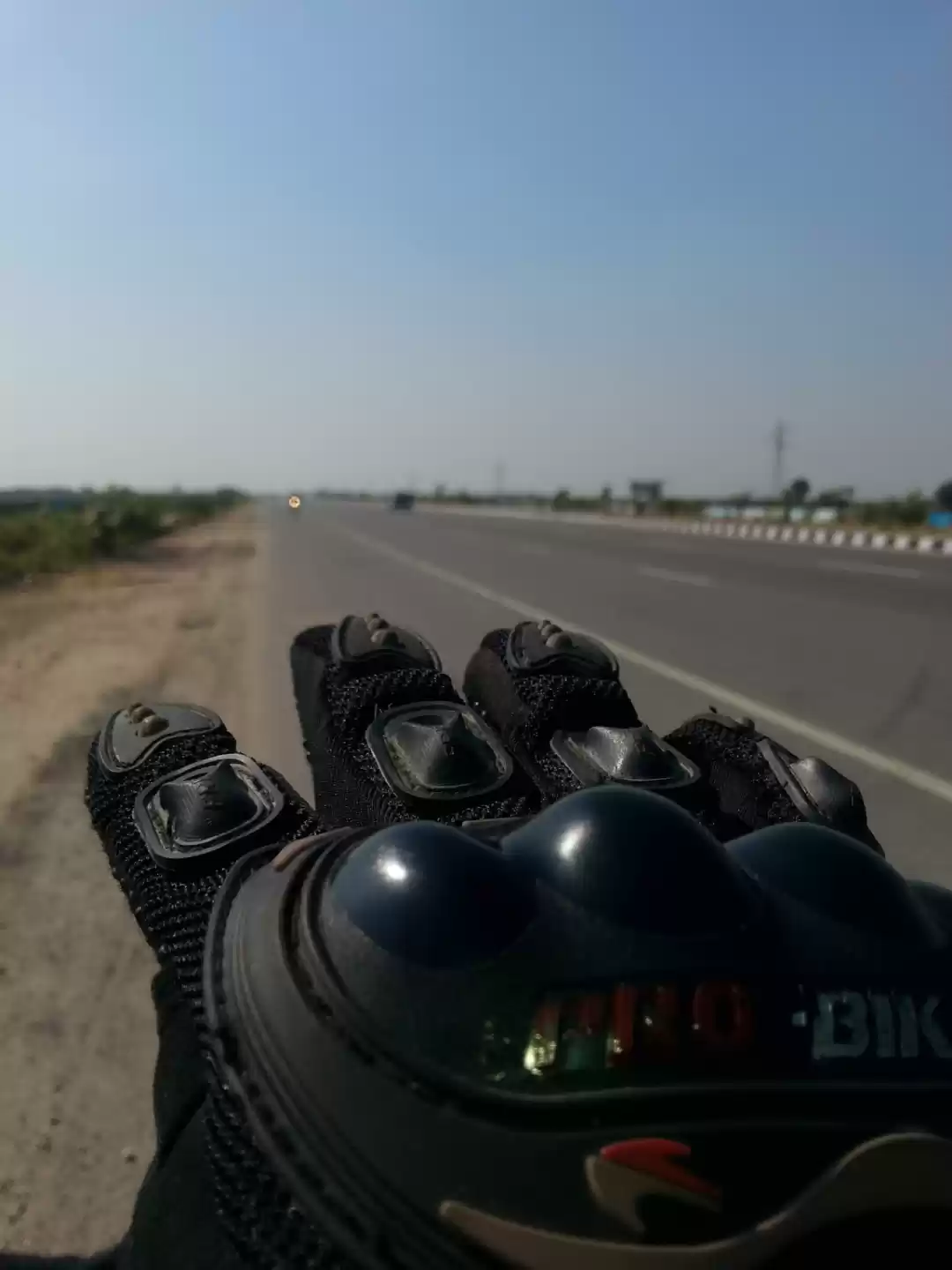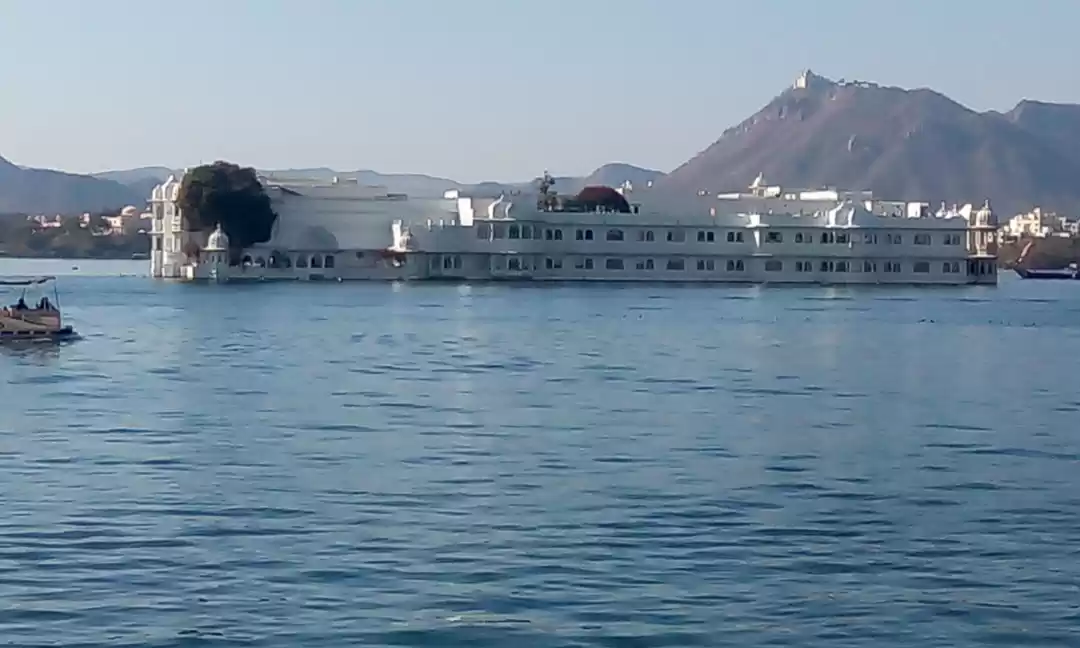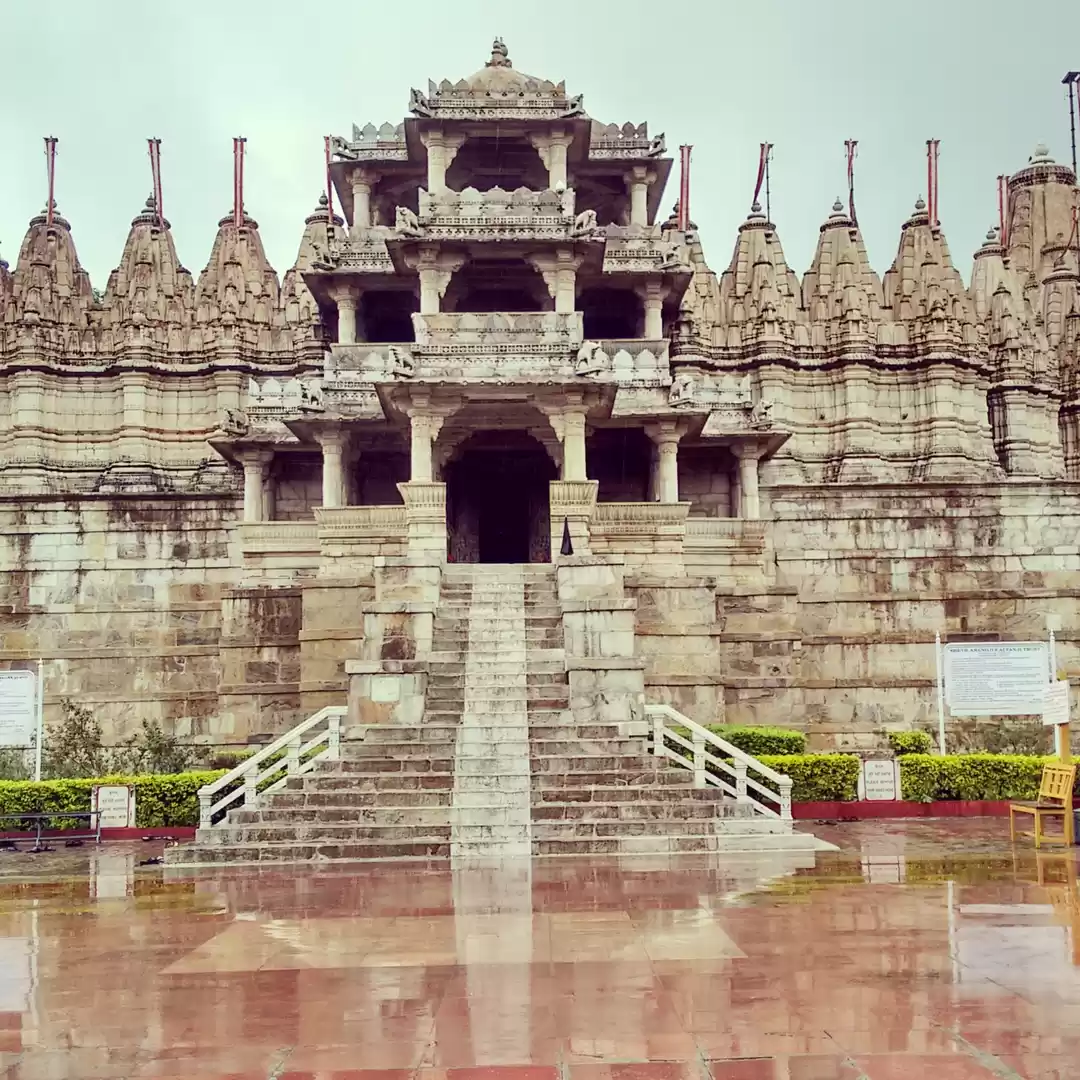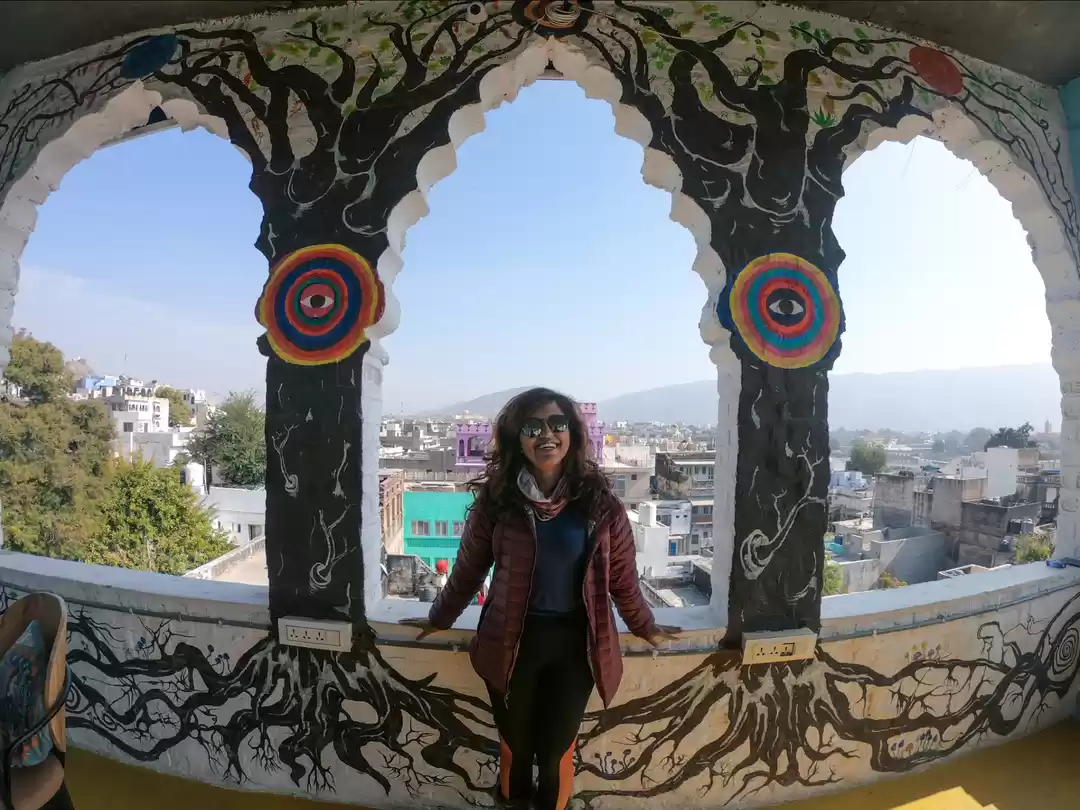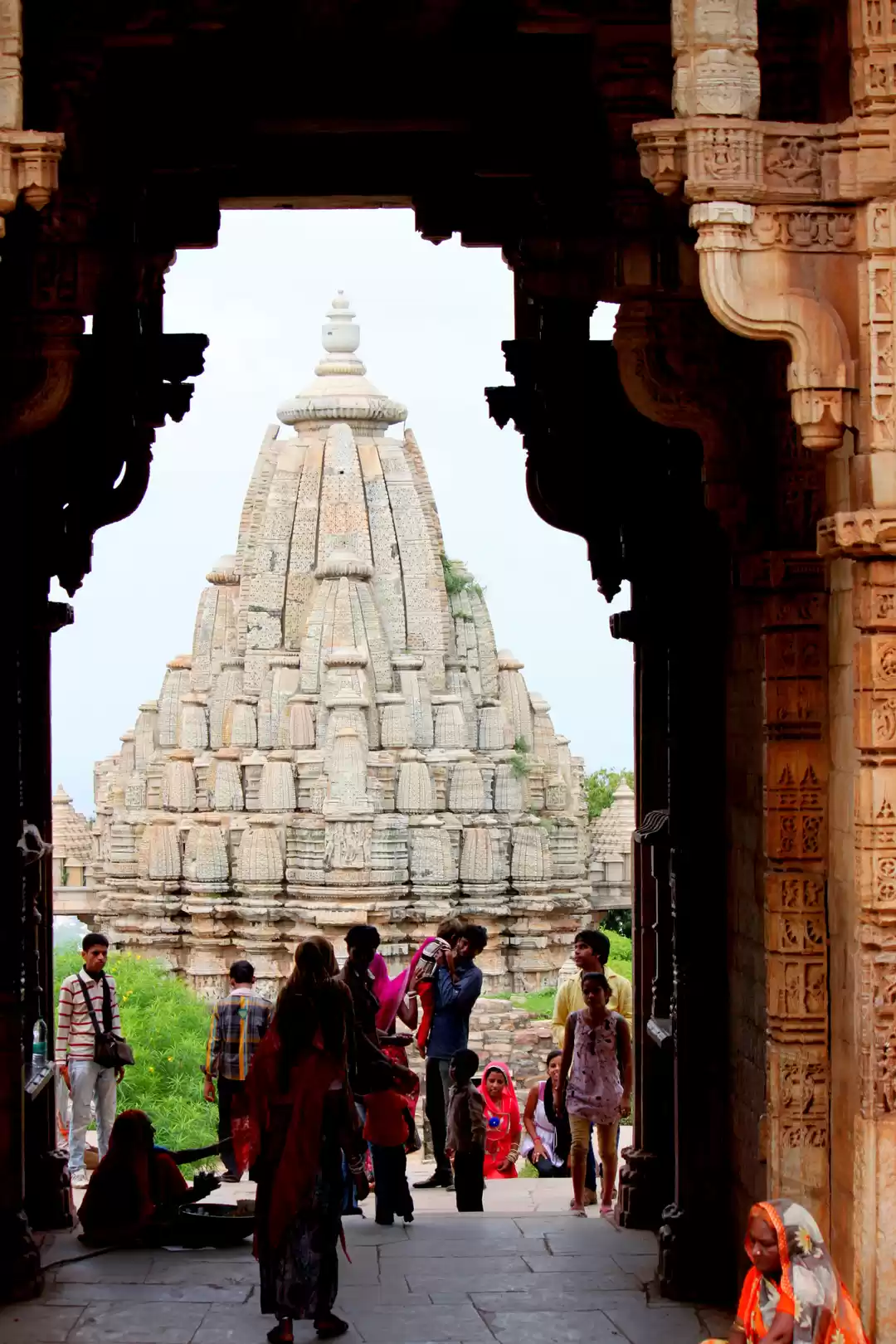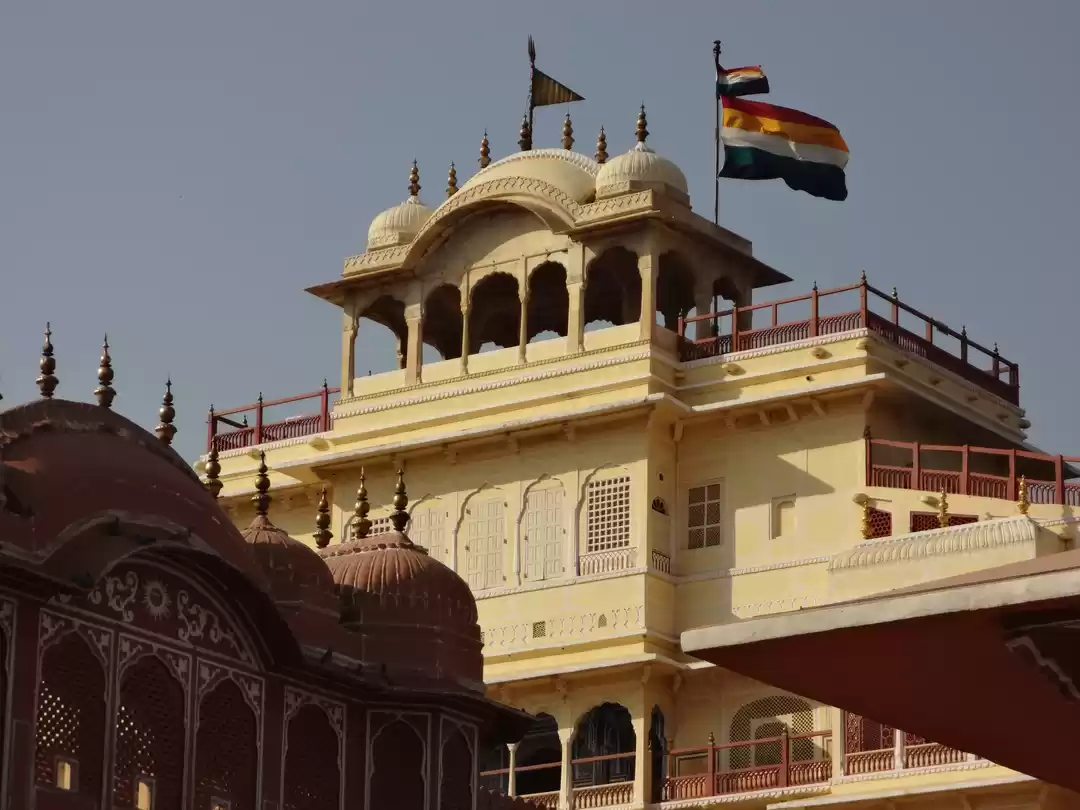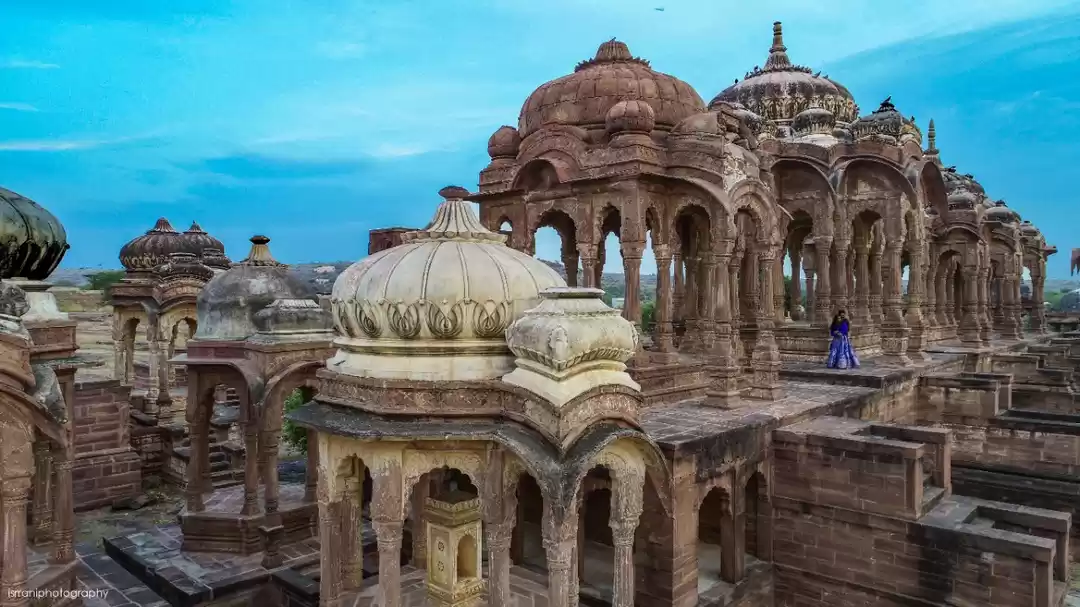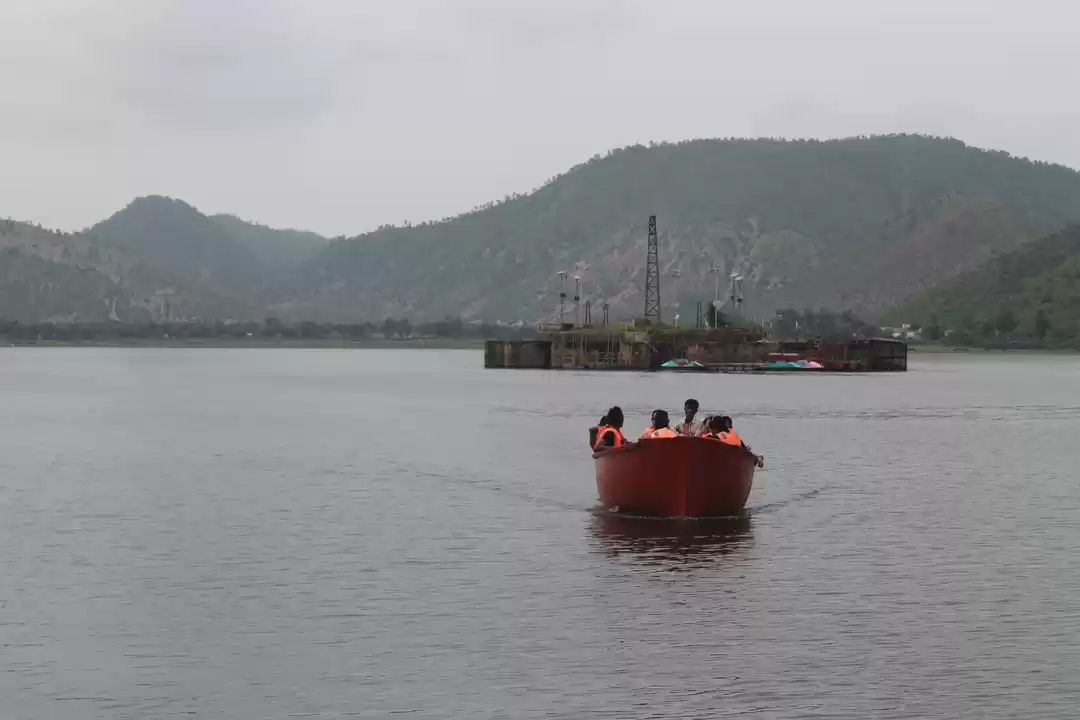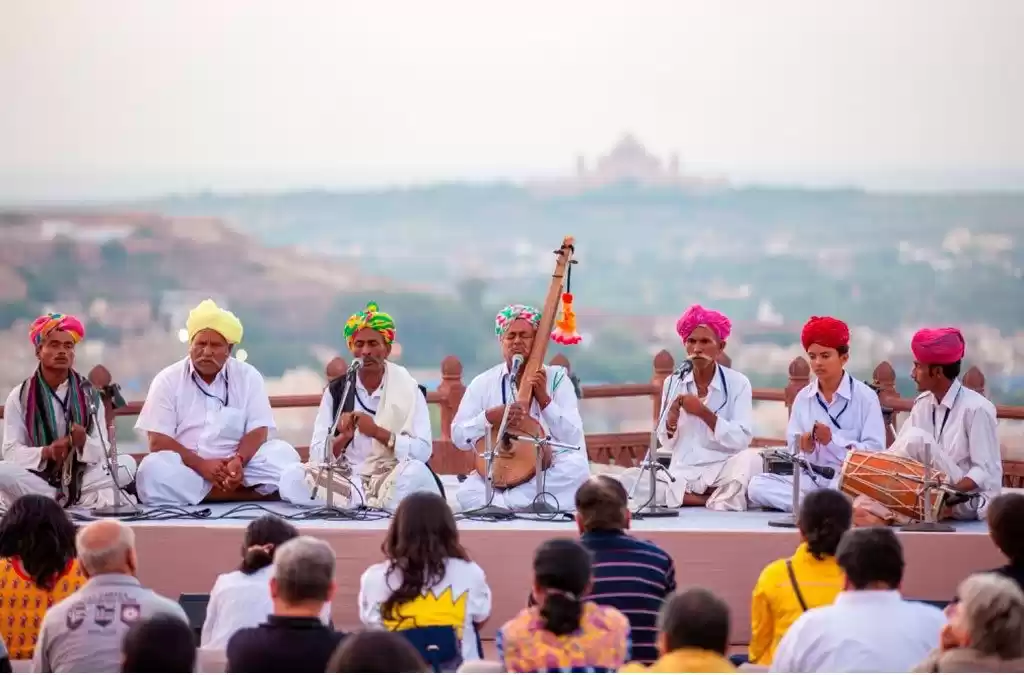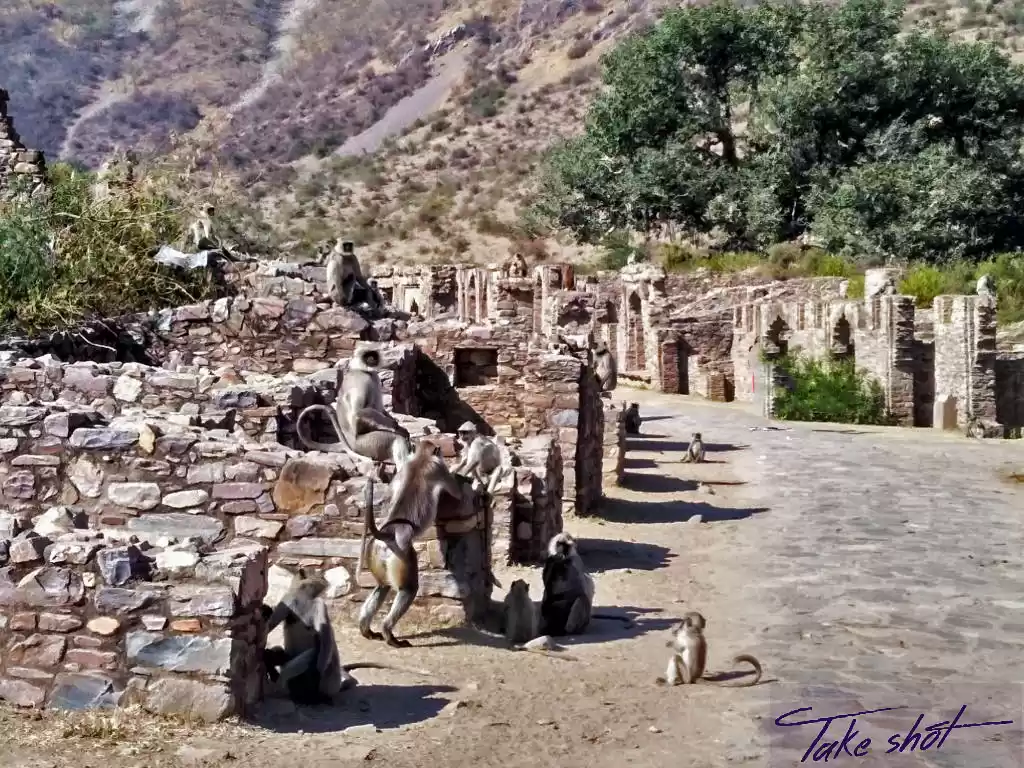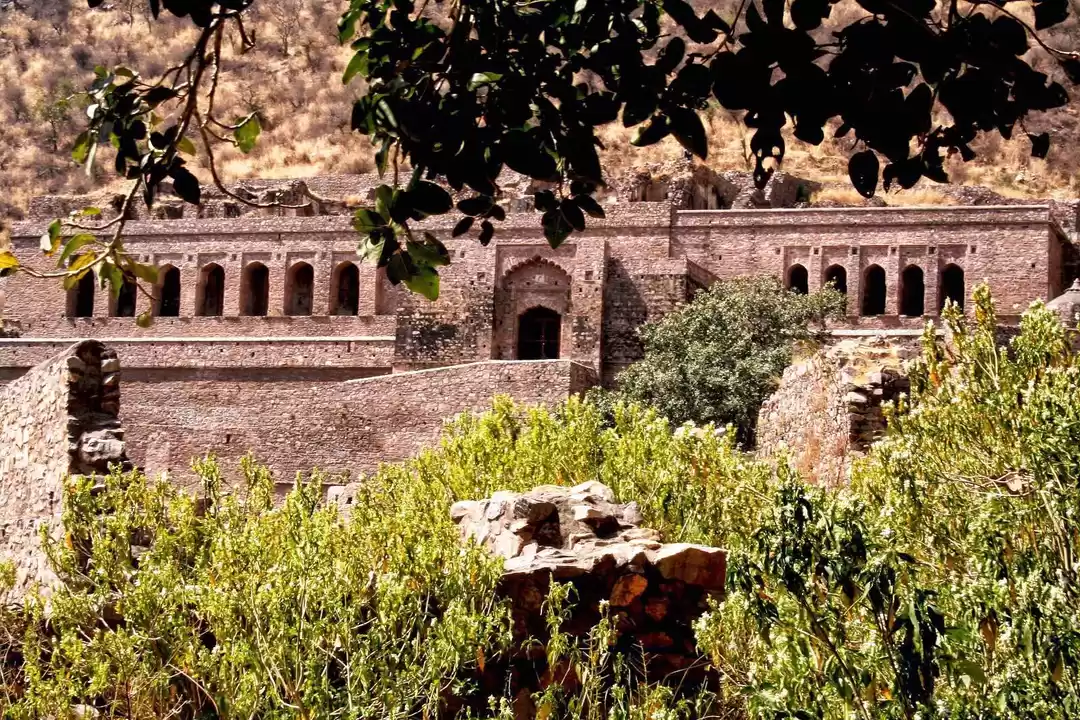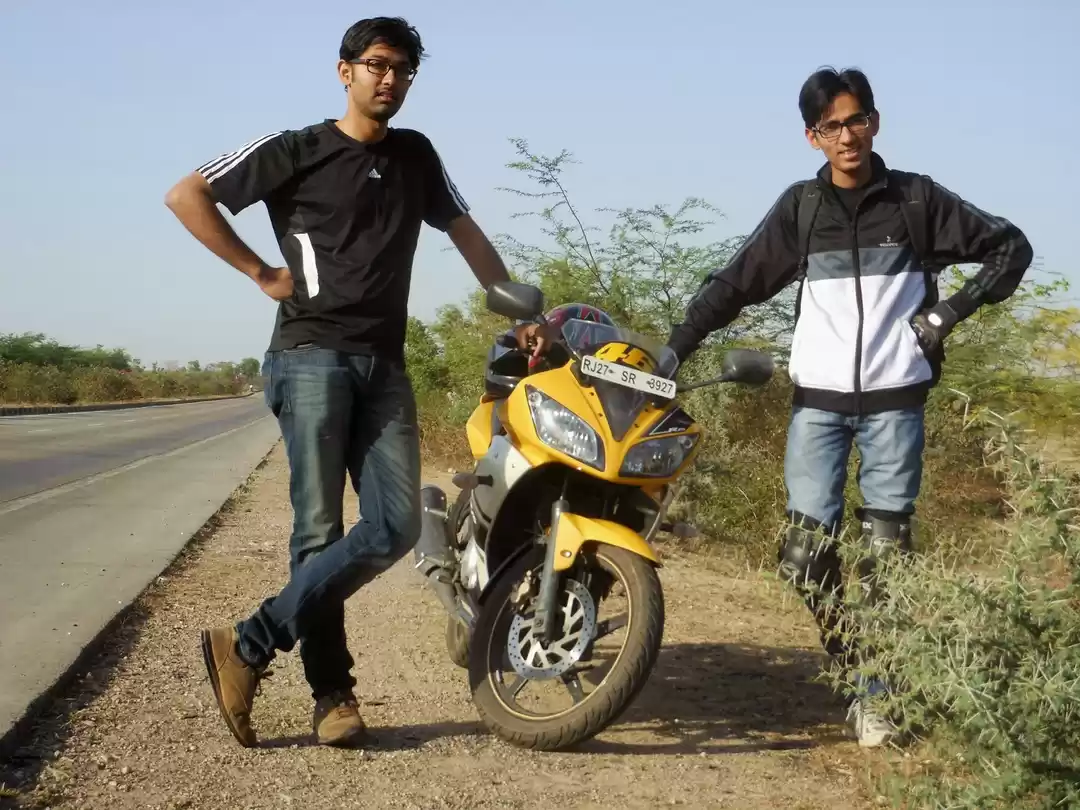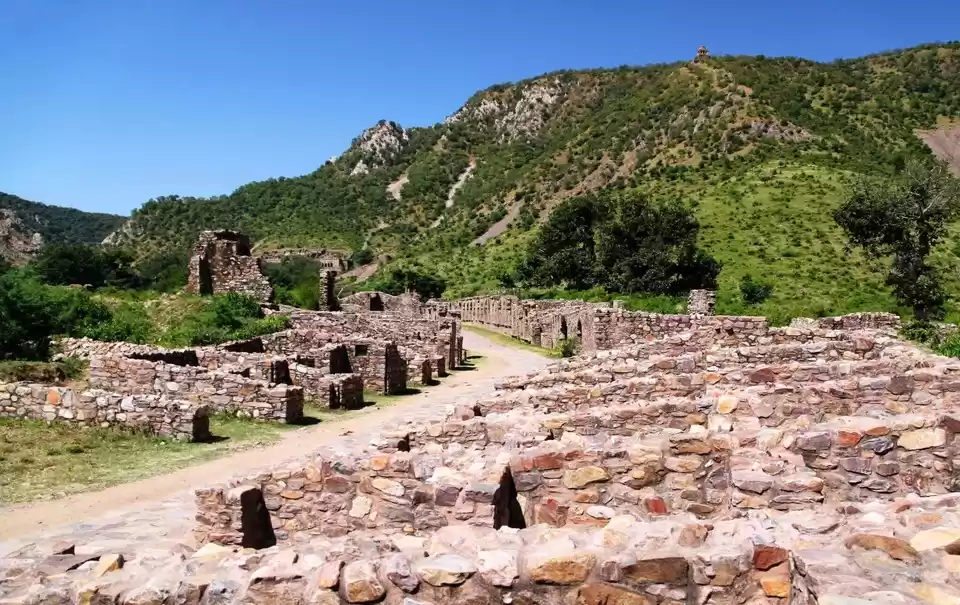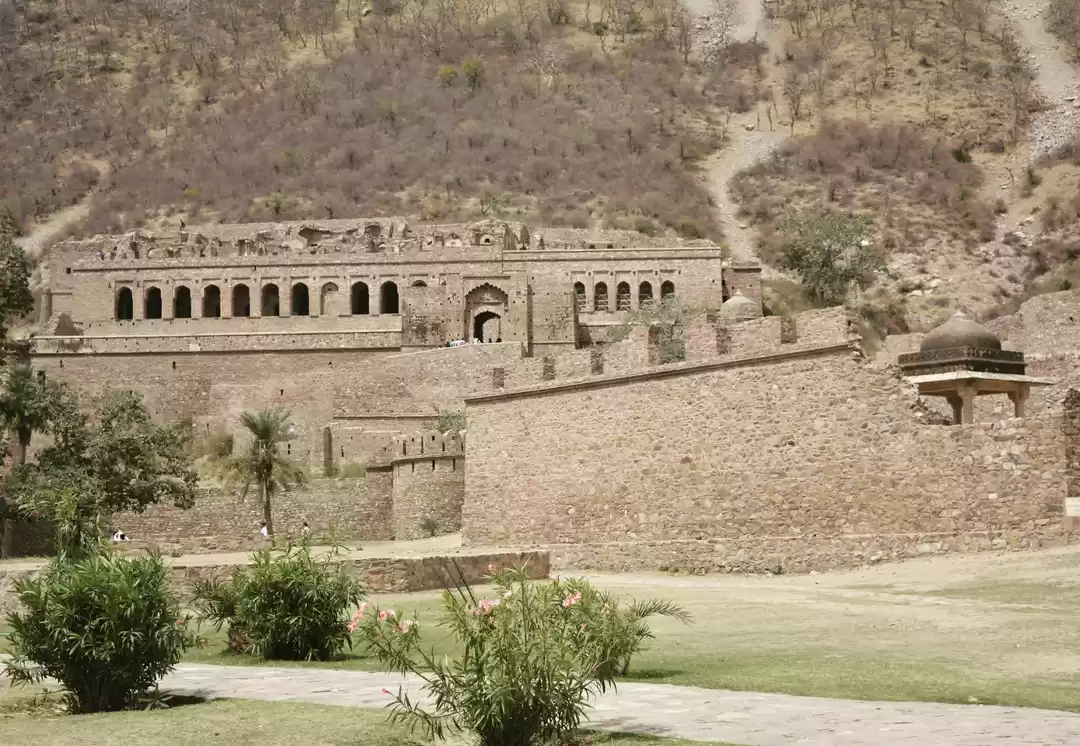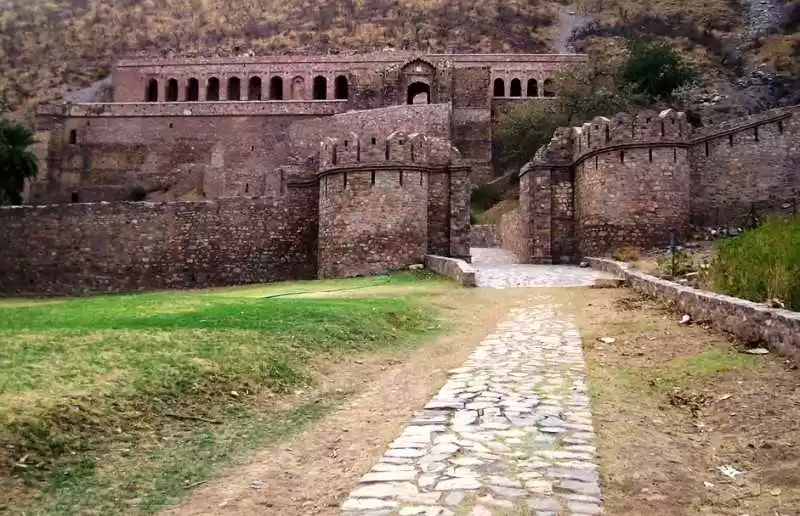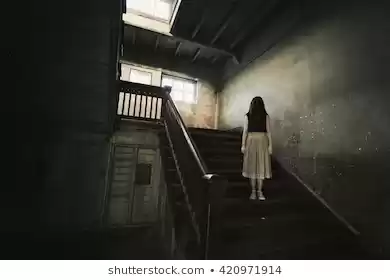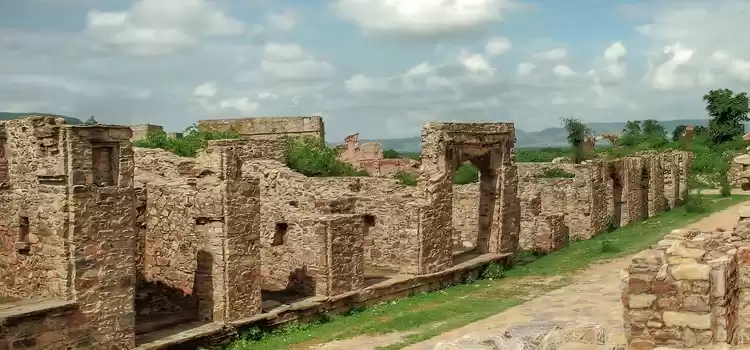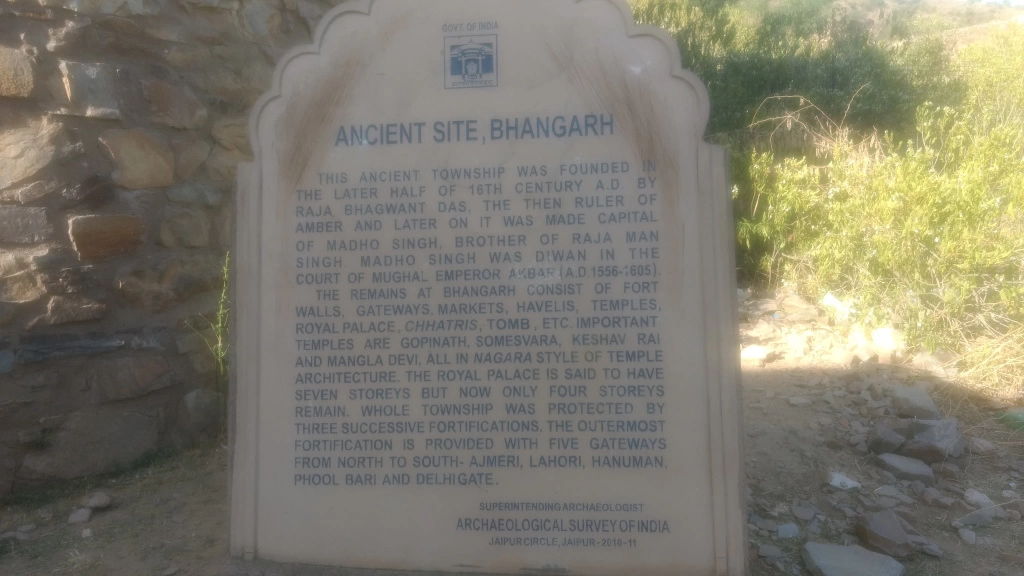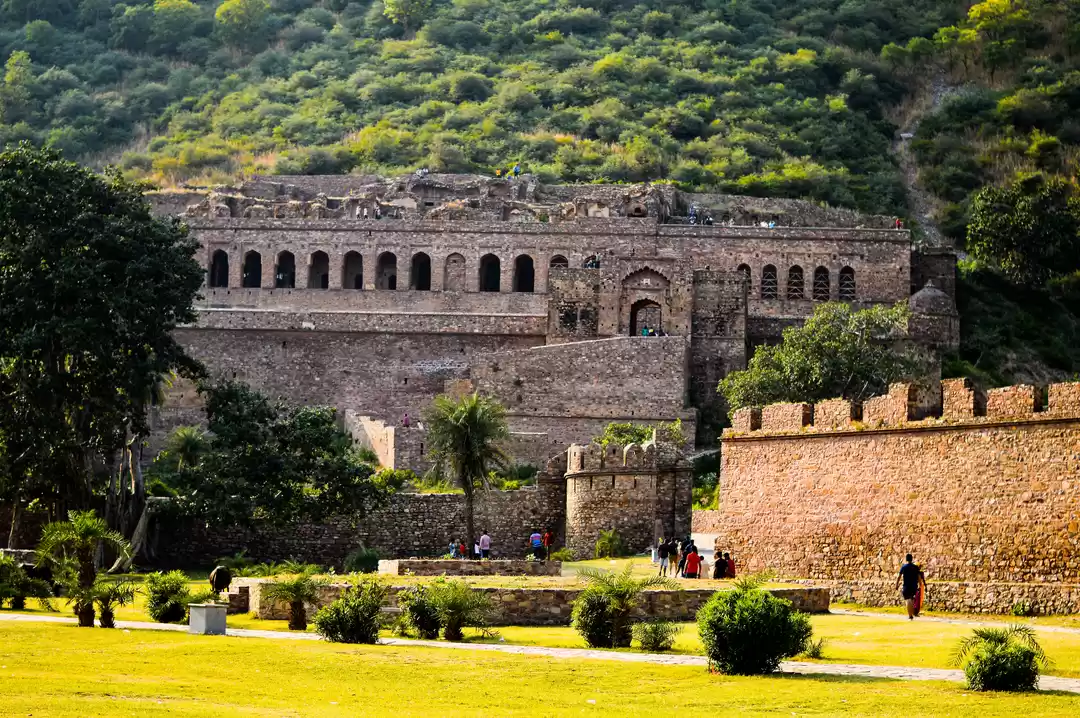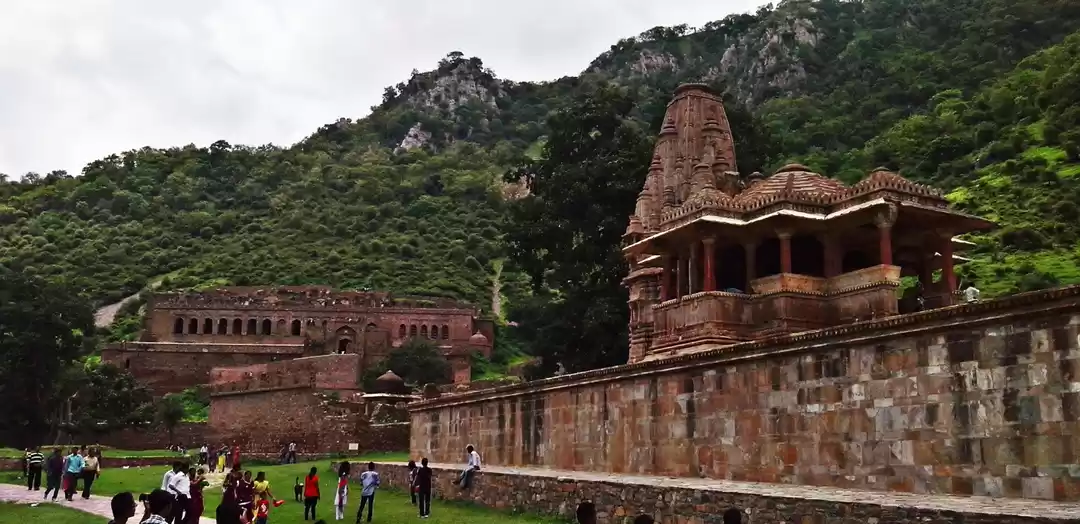


A trip to Bhangarh was a fanciful dream. Every time, I’d propose a bunch of friends to visit the ghost town, I’d be rebuffed. While it has a reputation of being one of the most haunted places in the country, Bhangarh would often intrigue me, for according to admired legends, the fort of Bhangarh is said to be cursed.
The story goes that the ancient 16th century township was founded by Raja Bhagwant Das, the then ruler of Amber. It was later made the capital of Raja Madho Singh, his younger son. No soul can give a coherent account as to what led to the decline of the bravura kingdom and when, but many say the kingdom started plummeting during the reign of one of Singh’s descendants. Locals say the land witnessed the rise of princess Ratnavati, who the whole kingdom was in awe of because of her good looks. From aristocracy to the common man, she was discussed and admired by all. A tantric living in the kingdom was soon trapped in this aura. His obsession with the princess led him to madness and he soon devised a plan to seduce her. Knowing that the royal princess would never volunteer to be his, he did some incantations and used his occult power to cast a spell on a pitcher of oil that the princess’ maid had bought for her from the market. The princess, upon touching the oil, would surrender herself. Ratnavati, who knew little wizardry herself, saw through his plan. Sensing something conniving, she took the pitcher of oil and threw it on a stone that crushed the besotted tantric. Realizing his tantra had failed, the dying man cursed the whole kingdom, its inhabitants and the royal family. It is said that Ratnavati died in a battle the following year. The town, till date, awaits her rebirth.
When old pals from school wished to have a reunion, I suggested a road trip to Bhangarh. We left Delhi on a frigid November morning. Tucked inside a hatchback, we commenced our journey around 7am from Noida, crossing Gurgaon and Dharuhera to reach Alwar. The cold winds failed to keep pace and once in Alwar, the weather turned muggy.
The landscape changed hastily after we crossed Alwar. The busy roads paved way for parched lands. We were sporadically shuttling between pallid nothingness and hilly terrains. As we entered Bhangarh and neared the fort, the asphalt waned off and the subsequent journey was rutted. It is said that the ominous town of Bhangarh has not withstood any kind of construction in a long time. The buildings, locals say, get reduced to rubble every time one tries to put up an edifice. And true to this belief, the sight of a building here is rare. Most of the houses we crossed were on the fringes of the town.
Around 2pm, when the afternoon sun beat down upon us, we found ourselves at the kingdom’s gate. The mammoth gateway had a small opening. We crouched in and what greeted us, was melancholy.
The kingdom appears forlorn and isolated atop a hill. A gravelly path runs through the market place, where there once must have stood, bustling souks on either side. It is hard to imagine what the place must have been like. Some shops have been reduced to debris, while others look like they have been aerially grated by nature’s violent blow. Locals say the kingdom lost its magnificence overnight. We crossed the market, an abandoned ‘dancers’ Haveli’, an old banyan tree and three idol-less temples to reach the fort’s main gate.
The gate guards the palace—a point of demarcation between the royalty and its subjects. The ruined fort is suitably elevated. It was perhaps built in the fashion to give the royal family a fine view of the entire kingdom. It is long walk from the market place, and the distance is fathomed only when you reach the palace.
Much like the rest of the kingdom, the fortress too is miserable wreckage. But despite its glum appearance, the palace speaks volumes of its archaic revelry. It appears cold yet majestic. Today, nothing is left of the fortress, save its skeleton. There are numerous caverns in the most obscure of places, but there does not seem anything uncanny here. According to visitors that chiefly comprise the local population, it is at the temple of Ratnavati, where after sunset, supernatural activities happen. Ratnavati’s temple is situated on the roof and locals believe she visits the place every night. Astoundingly though, my friend’s phone started acting weird when we approached the temple.
The remnants of this gloomy kingdom subsist like decapitated limbs, maimed by a supposed curse. In the present day, one feels absolute repentance for Bhangarh. If anything, it is a history without lucidity.
Prerequisites
Tourists must keep in mind that Bhangarh is, to some extent, a difficult journey. The mode of transport must, therefore, be chosen as per convenience and comfort. It is advisable to travel in a smaller vehicle, capable of cushioning the rough bumps en route.
There are not many eateries on the way. Visitors must therefore carry with them, a snack or two. It is essential to keep yourself hydrated.
Beware of monkeys inside the fort. They are unlikely to bother you, unless you decide to carry food. Pay attention to your belongings— cameras, mobile phones, bags— for the only mischief-makers here, are the simians.
Refrain from wearing slippers if you decide to walk up to the fort, for it is a steep climb. Once inside, you will have to maneuver your way within the many grooves and staircases of the maze-like palace. A pair of shoes is the best option here.
Despite Archaeological Survey of India’s warning, asking tourists to leave the premises after sunset, some spend a night here, only to have a rendezvous with the paranormal. The fort —surrounded by wilderness—is said to be visited by nocturnal animals in the absence of a definite boundary wall. In case you are one such defiant visitor, your safety is solely your responsibility.



